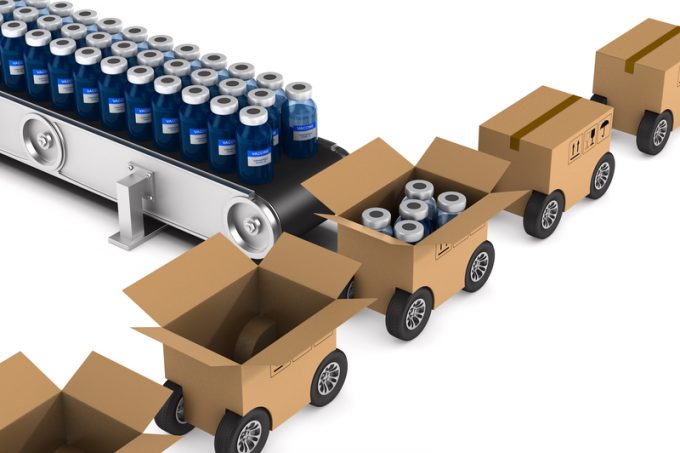'Everyone must be onboard' if IATA's OneRecord is to work
IATA’s OneRecord will benefit the air cargo industry, but only if everyone is on board, ...

As the air cargo industry gears up for Covid-19 vaccine distribution, there are concerns that the pharma sector is not fully engaging with its supply chain partners – and that airports must be central to any plans.
“We are very open, and this is a good discussion to have,” said Nicola Caristo, Cold Chain Association (CCA) secretary general. “We all know the difficult part is the getting the pharma industry to approach our industry
“But the challenge is also to get them ...
'Disastrous' DSV-Schenker merger would 'disrupt European haulage market'
New senior management for DSV as it readies for DB Schenker takeover
Volumes set to 'fall off a cliff' as US firms hit the brakes on sourcing and bookings
Asian exporters scramble for ships and boxes to beat 90-day tariff pause
Amazon pushes into LTL for small package fulfilment and UPS does a u-turn
Temporary tariff relief brings on early transpacific peak season
Pre-tariff rush of goods from US to China sees air rates soar, but not for long
'Tariff madness' will prompt renegotiation of ocean shipping contracts

Comment on this article